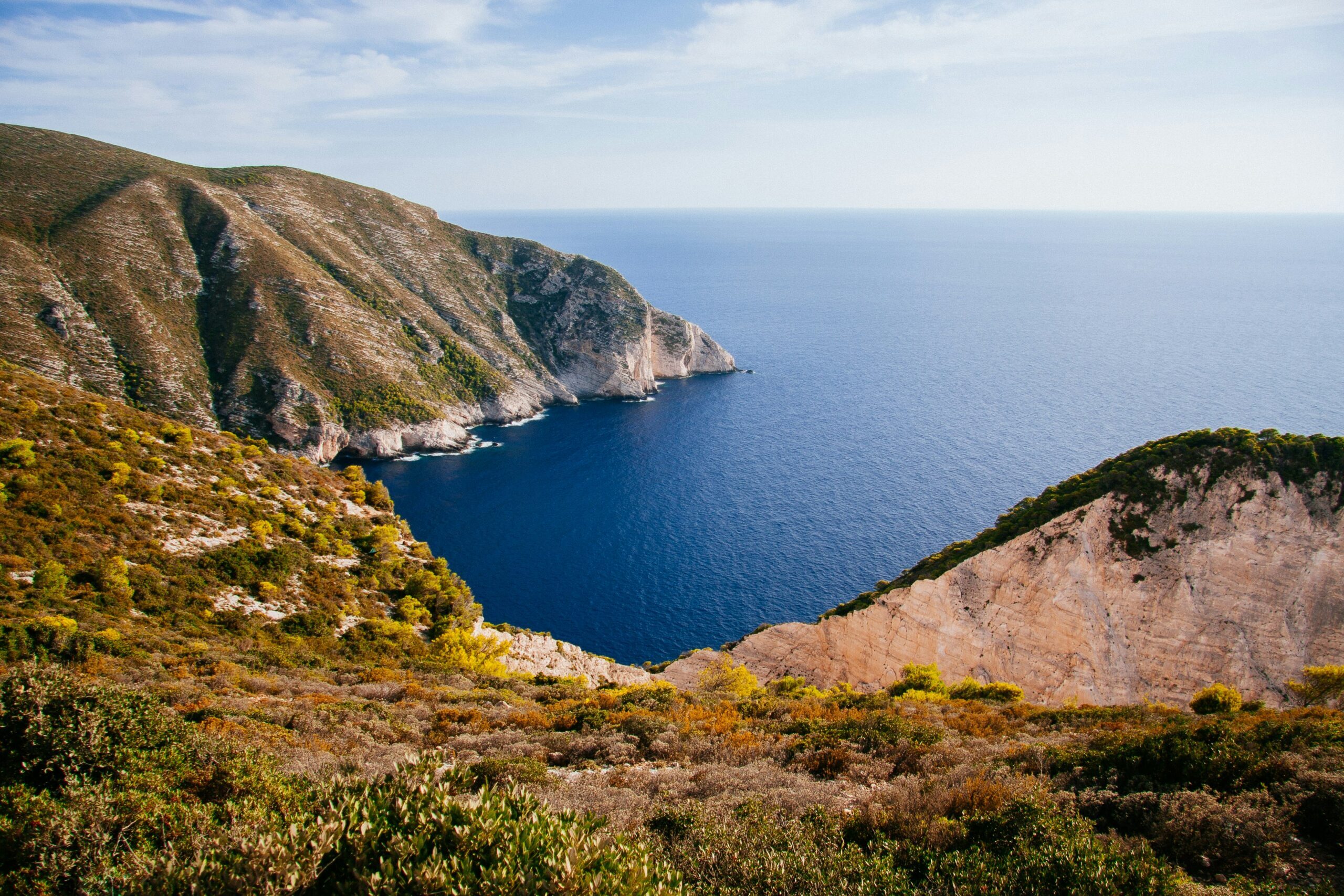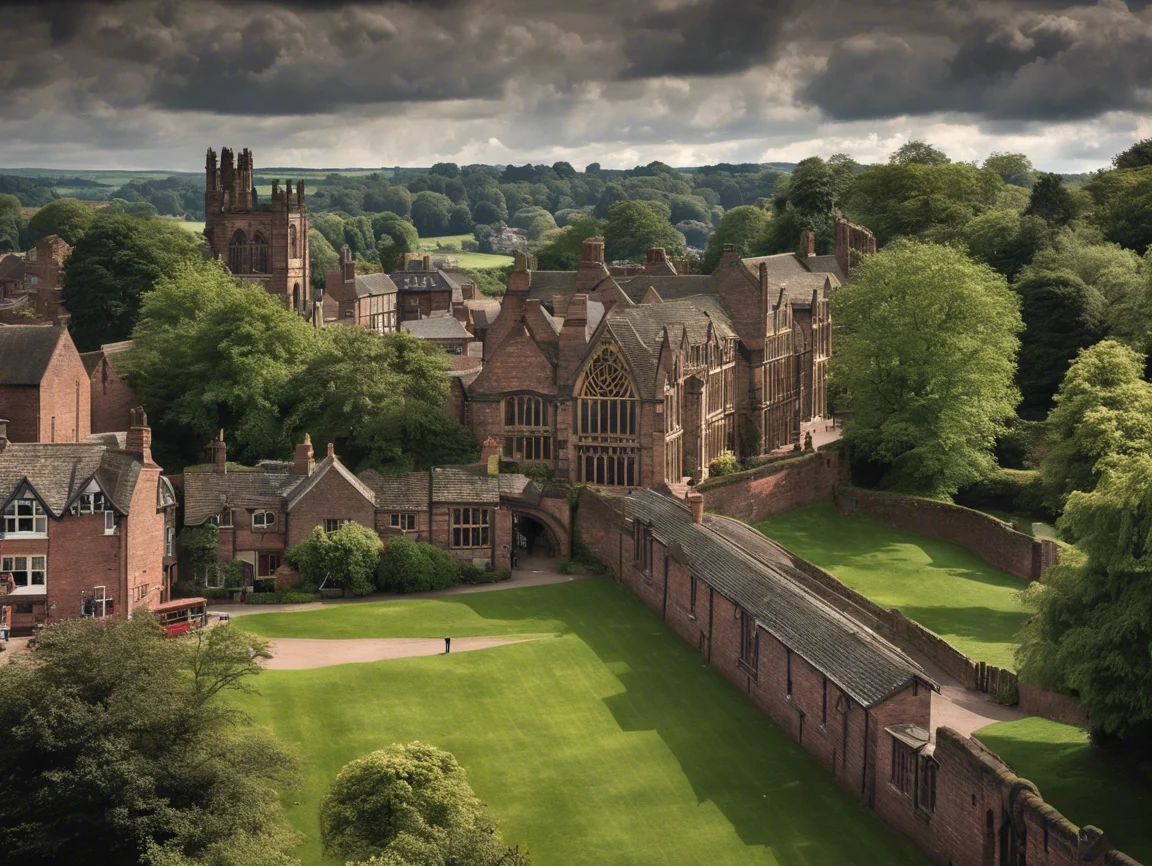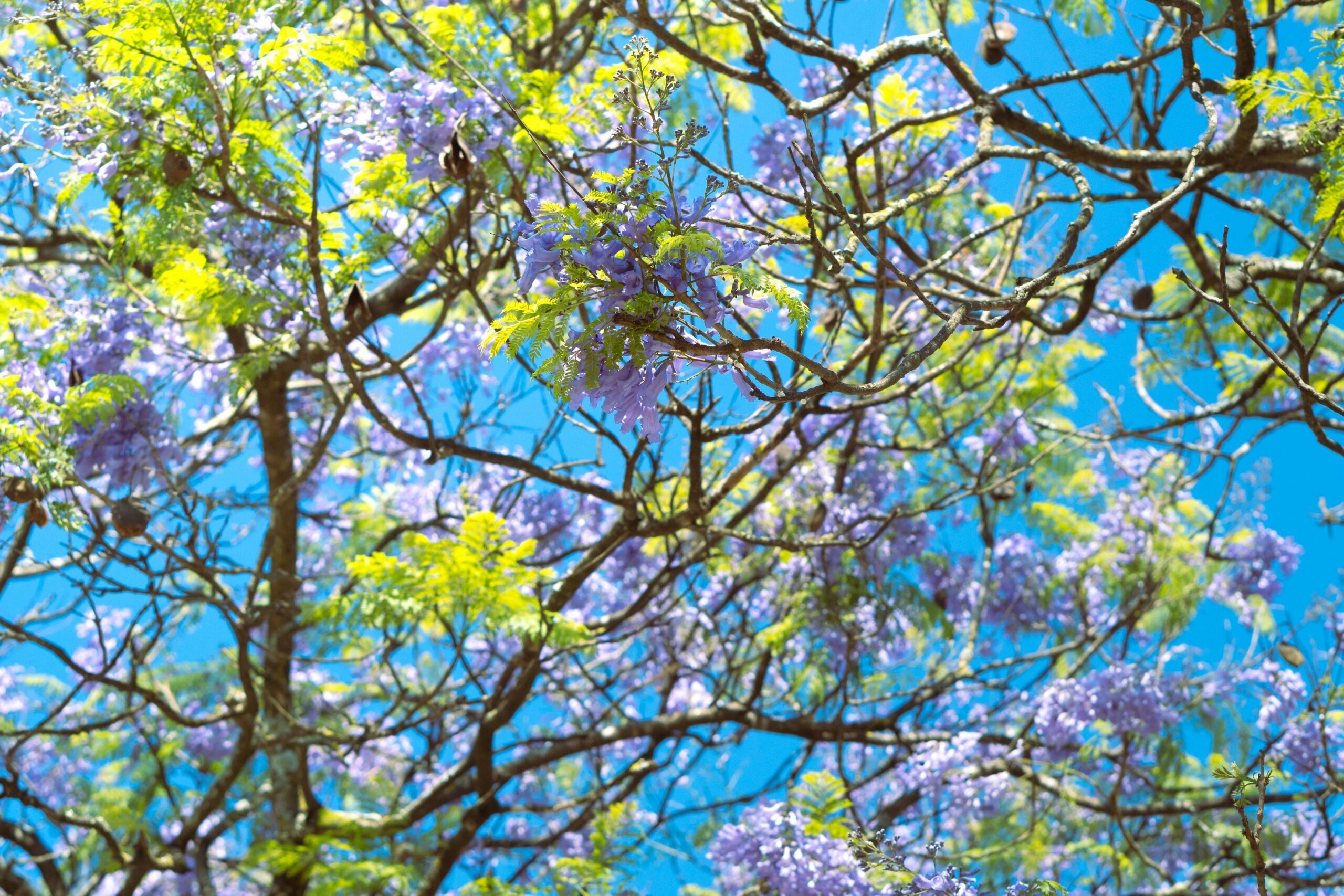North York Coast and Moors: A Journey Through Nature’s Wonderland
Introduction to the North York Coast and Moors
The North York Coast and Moors represent a remarkable convergence of natural beauty and rich historical significance, making it a cornerstone of England’s heritage. Stretching along the northeastern coast of Yorkshire, this area features a diverse array of landscapes that include majestic coastal cliffs, serene sandy beaches, and rolling heather-clad moors. Visitors to this extraordinary region will encounter an environment that caters to both tranquil retreat and invigorating adventure.
The geographical significance of the North York Coast is highlighted by its unique position along the North Sea, where dramatic cliffs rise steeply from the shoreline. Such formations not only provide stunning vistas for hikers and nature enthusiasts but also play a crucial role in the region’s ecosystem, serving as habitats for numerous seabirds and marine life. The coastal path invites walkers to explore the rugged terrain while taking in breathtaking views of both land and sea, all while immersing themselves in the sounds and scents of nature.
From the sweeping landscapes to the quaint villages, the North York Coast and Moors stand as a testament to the UK’s natural and cultural heritage. This extraordinary combination offers a plethora of opportunities for outdoor activities and exploration, making it an essential destination for nature lovers, hikers, and history enthusiasts alike.
Outdoor Activities and Adventures
The North York Coast and Moors region offers a diverse array of outdoor activities that cater to enthusiasts of all abilities. One of the most popular pursuits in this stunning area is hiking, particularly along the Cleveland Way. This renowned walking trail spans 109 miles, showcasing dramatic coastal scenery and the picturesque moorland landscape. Hikers can experience the thrill of ascending cliffs that overlook the North Sea, while also having the opportunity to wander through charming villages that dot the route.
Bird-watching is another rewarding activity for nature lovers. The varied habitats of the North York Moors serve as a sanctuary for numerous bird species, including the majestic peregrine falcon and the enchanting curlew. Key sites such as the RSPB’s Bempton Cliffs provide an ideal vantage point for observing these feathered inhabitants throughout the year. Visitors can also join guided bird-watching tours, which can enhance their understanding of local fauna and flora.
Cycling is equally encouraged in this area, thanks to the extensive network of trails that cater to both casual and experienced cyclists. The Moor to Sea cycling trail, for example, connects the stunning natural beauty of the moors to the coastal paths, offering cyclists an engaging experience through varied terrains. Mountain biking enthusiasts will find challenges on rugged trails amidst the dramatic landscape.
Exploring the diverse wildlife of the moors is an adventure in itself. Visitors should be on the lookout for deer, foxes, and a multitude of wildflowers that create a vibrant tapestry every spring. To enhance the outdoor experience, it is recommended to plan excursions during the early hours, allowing for quiet moments with nature while enjoying the natural beauty of the North York Coast and Moors.
Local Flora and Fauna: A Study in Biodiversity
The North York Coast and Moors region is renowned for its rich biodiversity, showcasing an array of unique flora and fauna that significantly contribute to the ecological tapestry of the area. Amongst the diverse plant life, one can find quintessential species such as heather, gorse, and various grasses that thrive in the moorlands, while coastal areas boast vibrant wildflowers like sea campion and thrift. These plants not only enhance the aesthetic beauty of the landscape but also provide essential habitats and resources for a myriad of wildlife.
The animal kingdom within this area is equally captivating. The moors are home to several bird species, including the elusive curlew and the majestic hen harrier, which are often seen gliding above the expansive heather fields. Additionally, various species of butterflies and moths, such as the stunning silver-studded blue, find refuge in this biodiverse environment, making the region a haven for nature enthusiasts and researchers alike. Observing these creatures in their natural habitat can be a rewarding experience, especially during early morning or late afternoon when their activities are most prominent.
Conservation efforts in the North York Coast and Moors are vital to sustaining this rich biodiversity. Numerous organizations are dedicated to protecting these habitats through initiatives that promote responsible interactions with nature. Activities such as organized guided walks educate the public about the significance of preserving the natural environment and the delicate balance that exists within these ecosystems. By observing wildlife from a respectful distance and adhering to designated paths, visitors can enjoy the beauty of the region while ensuring minimal disruption to its inhabitants.
Ultimately, the importance of safeguarding such rich biological diversity cannot be overstated. The unique flora and fauna that define the North York Coast and Moors not only enrich the landscape but also serve as crucial indicators of ecological health, reinforcing the need for ongoing conservation efforts.
Cultural Heritage and Local Communities
The North York Coast and Moors region is not only celebrated for its stunning natural scenery but also for its rich cultural heritage that has developed through centuries of local traditions and community life. The area is home to charming villages such as Robin Hood’s Bay and Staithes, where narrow, cobbled streets wind between quaint houses that reflect the architectural styles of their respective periods. These villages encapsulate the essence of rural English life, showcasing age-old customs that continue to shape the community’s identity.
Central to the cultural fabric of the North York Coast is its maritime history. Local fishing communities have thrived for generations thanks to the abundance of the sea. From traditional fishing techniques to the crafting of nets, this heritage is celebrated at numerous maritime museums and through local festivals, which often feature seafood and other regional delicacies. Visitors may find themselves immersed in the rhythms of the local fishermen’s lives, allowing for a deep appreciation of the coastal way of life.
The arts also play a significant role in the region’s culture. Artists have long been drawn to the breathtaking landscapes of the moors and coast, capturing its essence through various mediums. Galleries showcasing local artwork, craft shops featuring handmade items, and community workshops provide excellent opportunities to engage with and support local artisans. Additionally, traditional events, including folk music festivals and seasonal fairs, further highlight the vibrant cultural scene, emphasizing storytelling and arts that have been passed down through generations.
For those seeking an authentic experience in this beautiful area, local accommodations range from charming bed and breakfasts to cozy inns, often run by families who take pride in their heritage. Foodies will appreciate the emphasis on local produce and seafood in many eateries, offering a taste of the traditions that form the backbone of this remarkable region. As you explore the North York Coast and Moors, you will undoubtedly encounter the deep ties that bind the landscape with its people, making your journey unforgettable.








